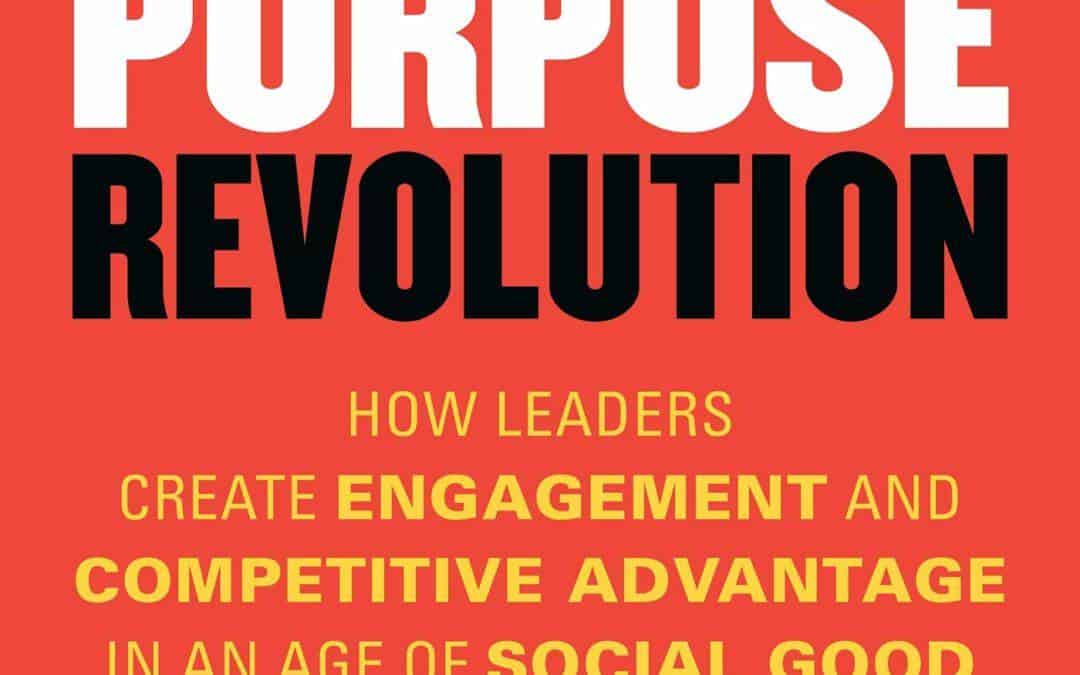What is important about this book?
- Mentioning the results of many researches, the book highlights that the topic of PURPOSE cannot be considered a trend, but must be a new strategic management tool for every organization. The two American authors (John Izzo -businessman, business consultant, speaker, best-selling author – and Jeff Vanderwielen – researcher and consultant) interviewed 500 companies worldwide to collect material for the book
- It illustrates the difference among:
Mission – what the company does
Vision – what it wants to be in the future
Purpose – what the company exists for, now and in the future and what kind of benefit it brings to all its
stakeholders - The book explains the importance and the necessity of finding an alignment between the individual and the organizational purpose.
Quotes
“There is a revolution going on in business right now, and it will be one of our generation’s greatest opportunities for you as a leader. Those who ignore it will become irrelevant”
“Most leaders believe that purpose and social good are becoming key factors in business success. Yet most companies fail on the subject. Their efforts to bridge the gap between emerging values and the wishes of the global population are simply insufficient”
Structure and contents of the book
The book is divided into three key parts.
The first, the introduction, starts from a provocation: “Are you ready for the revolution of purpose?”, underlining the fact that many organizations consider it only a trend, despite the evidence supported by researches.
In the second part, the characteristics and necessity of what the authors call the peaceful revolution of purpose are explored. They also explore how stakeholders live it and how to create an organization or team focused on this principle and on the social good, for example starting from the involvement of all employees as in the Canadian telecommunications company Telus, or by inviting leaders to define and share their own, as Unilever did.
In the third part, the book offers a model to define one’s purpose, with examples and practical suggestions about what to do, the potential risks, with a particular focus on the crucial role of the leaders. In a very concrete way, the authors start from the definition of one’s personal purpose, aided by multiple real examples and a very detailed guide. Based on the affirmation that everyone in the company can be the CEO when it comes to defining his own purpose, a job is much more more dense with meaning, motivating and capable of producing a result when it is related to the purpose, rather than to the mere description of the tasks. Many indications are also addressed about how to keep this principle alive over time and not to let it become just a “facade declaration”.
Reading instructions
The book is aimed at all levels of the organization, making purpose a collective tool: from the employees to the management board, everyone is invited to define the difference that they want to embody, within the company, for the customer and for the whole society.
The book offers a set of questions that leads to explore the current situation and to build and apply one’s own purpose, at personal team and organizational level. It is aimed for those who seek not only information but also stimulation and accompaniment to personal change. This richness of passages and stimuli is also somehow a limit of the book, which sometimes repeats the same stimuli in several parts, at the expense of synthesis and
incisiveness.
